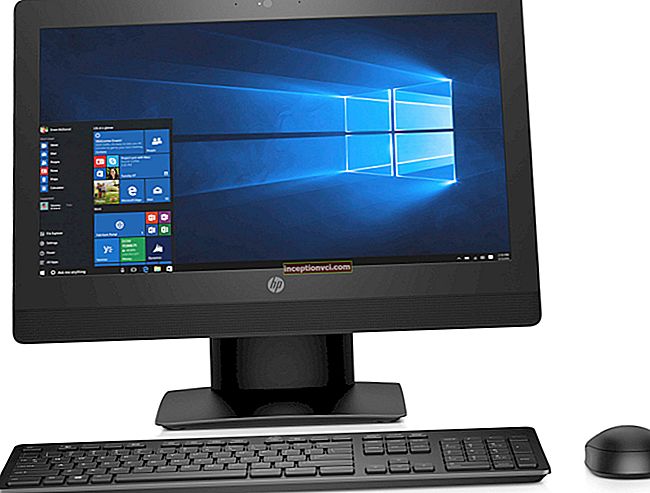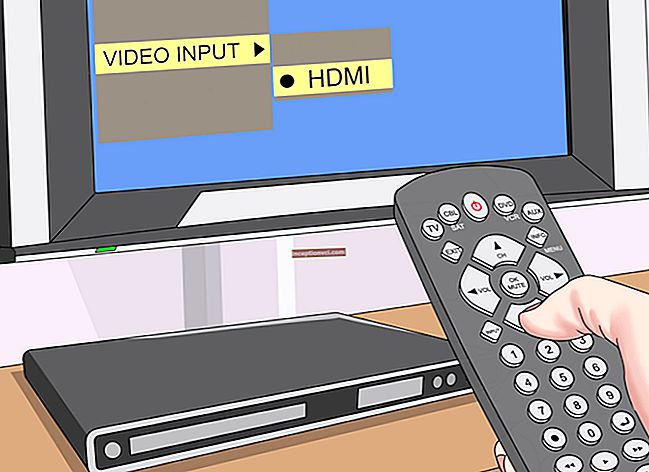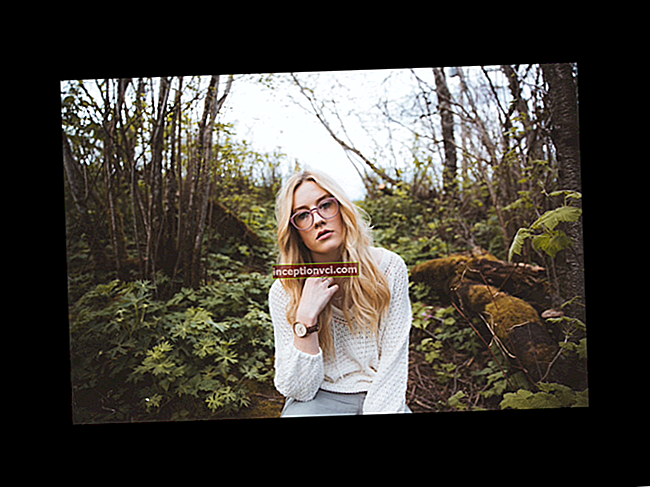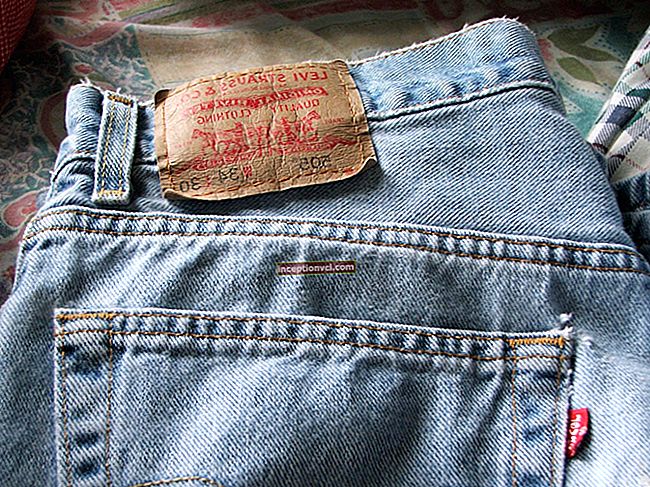
Summary
Characteristics pros Minuses The Nikon Coolpix P 100 has only 10.3Mpix on board, compared to the previous P 90, which had 12.1Mpix. The Nikon Coolpix P 100 uses a back-illuminated CMOS sensor. It was not possible to find out which manufacturer this matrix was. But what is interesting - Nikon P100, has the ability to record video up to 240 frames / sec (well, of course, not in full resolution). As for the zoom ratio, in this regard, everything is successful here. Moreover, it cannot be otherwise in such cameras, whose lenses are called megazums (or superzums, hyperzums). Initially, in order to enter this category, the focal length of the camera lens had to change from 12 to 15 times. But that is now the past. Now 12x optics are installed in fairly compact cameras. The most “super-zoom” lenses of pseudo-mirror cameras now have 30x magnification. And Nikon P100 with its 26x lens deserves a place among the leaders. The focal length of the lens varies from eq. f = 26 to f = 678 mm. Full zoom at 26x takes about 1 second - which is quite fast. The lens, in the maximally unfolded state, is significantly extended forward. At the same time, there is a slight backlash on the rim of the front block. Most likely, this is inevitable in such a design. But this did not in any way affect the quality of the pictures. It is more obvious that there is not enough thread on the lens for attaching creative attachments or light filters. There is also no shooting mode in RAW format. Although it is somehow possible to explain the absence of the RAW mode by the desire of the manufacturer to reorient experienced photographers (for whom the RAW mode is very useful) to SLR cameras, but it is impossible to understand that the histogram is missing in the P100. The frame of the lens is rather large, but it is more convenient to shoot with this one. When the camera is turned on, the lens extends by 1.5 cm, and in the extreme teleposition - by 6 cm. In this case, the optical unit slightly backlash, but for such large zooms this is a common situation. It is comfortable to hold the camera thanks to the large battery compartment. It has a rubber pad, the same on the tide under the thumb of the right hand. And in terms of convenience and tactile sensations, rubber is much better than textured plastic. The screen is not rotatable, but folding. A button for starting video recording with a video mode switch is conveniently located under the thumb. Upstairs next to the flash is a built-in stereo microphone. The camera screen can be tilted 90 degrees, up and down, so you can comfortably shoot horizontal shots from sharp angles. There is no screen movement for vertical frames, but its brightness is sufficient for sighting. Pictures at ISO 160 and ISO 400 differ little. Slight noise appears at ISO 800, there are signs of blurring of the image. At ISO 3200, the image suffers not so much from noise as from loss of detail. This is clearly visible on the computer screen. However, the photo in the album can be safely printed. Now about what is in the cell.Yes, virtually all modern "gadgets". Image stabilizer (on the sensor), continuous focusing with subject tracking and face focusing, smile timer and blink tracking, automatic scene detection, Full HD 1080p movie recording with stereo sound (stereo microphone is built into the camera!). Of course, there are also proprietary Nikon's functions and modes. In Best Shot (BSS) mode, the camera will quickly take a dozen pictures and keep the sharpest. This helps a lot, for example, in low light conditions, when it is undesirable to use a flash. Lens distortion (noticeable at short focus) is effectively eliminated by the Geometric Distortion Correction function. And, of course. Image shadow enhancement is a proprietary D-Lighting function that is enabled during shooting or when reviewing previously taken frames. Of the new interesting and, of course, useful in practice features, we note the shooting mode (you need to look for it among the scene programs), called "Backlit Scene HDR" (Backlit Scene HDR). It uses HDR (Dynamic Range Expansion) technology by overlaying images with different exposure levels. In this mode, the camera instantly takes a series of shots, but records only two - the first is D-Lighting and the second is HDR. The controls are traditional for Nikon cameras. The menu is simple - four sections, no more than three pages in each. The last active page is remembered, and next time you go directly to it. It's comfortable. But still, I would like to have the main shooting settings in a separate so-called. quick menu, called by pressing a special * button. This has become the norm in modern cameras, but somehow not in the Coolpix PI00 ... To quickly change shooting modes will help the so-called. custom setting. The camera can save the set values of the parameters in order to turn them on all at once, the mode dial must be rotated to the corresponding icon. Vignetting (in EV) Focus, mm 26 85 678 Max. diaphragm 3/4 1/4 3/4 Max. aperture +1 1/2 1/4 1/2 Min. diaphragm 1/4 1/4 1/2 Distortion Focus, mm Distortion,% 26 -3,3 85 +0,1 678 +0,1 Optics The 26x megazum has moderate resolution at all focuses. In the center of the frame, it reaches 1900-1950 lines on the short side (0.7-0.72 lick / peak). At a wide angle, with an open aperture, the edge resolution lag by 300 lines (0.6 lines / pixel) is noticeable. But as the focus increases, the uniformity of detail in the frame increases. Minimum vignetting 1/4 EV at mid focus. Although at the edges of the range, it reaches 3/4 EV with an open hole. A slight geometric distortion of -3.3% is noticeable only at short focus, but the distortion control function reduces this barrel to -0.5%. Large-scale macro photography with good sharpness across the 55x70mm field is provided at a wide angle. Noises At high sensitivity, noise is intensely suppressed. Maximum shutter speed is limited to 8 seconds. In this case, the picture is significantly blurred, which is noticeable on the graph of relative resolution already at ISO 400-800. Color rendering The distinctiveness of the rich blue-green range is good, and the yellow-green range is noticeably depleted. In daylight, color halftones are reproduced quite accurately (dE <5), but the crimson-violet gamut is significantly oversaturated (dE = 20-25). In the light of the lamps, on the contrary, the saturation is yellow-green and yellow-orange gamma is weakened. White balance presets are flawless - 6500-6600K. Dynamic range Wide, at the level of 10 steps. The characteristic curve is smooth. Angle shooting is an interesting activity. For example, if you put your camera on the ground, you get unusual footage. Seeing the frame is important here, and the tilting screen helps a lot. In the wide-angle position, the lens has a fairly noticeable barrel distortion. It can be corrected by the camera processor if you enable the corresponding function. So the straight lines at the edges of the frame will remain straight in the picture. This is especially valuable when reproducing paintings. What can 26x MegaZoom do in practice? Take a general shot (above) and immediately - a large, smallest object (below). Sparrow tweeted carelessly while I, standing three meters away from him, calmly "hunted" the birdie. Thanks to the effective stabilizer, the camera clearly traced the feathers, and this is when shooting handheld at a focus of eq. f = 678 mm! In Backlit HDR shooting mode, the camera instantly takes a burst of shots, but only stores two frames: one D-Lighting applied (top), the other HDR (bottom). The size of this flower is no more than one centimeter. And the minimum focusing distance for macro photography is also 1 cm. But the camera is capable of focusing even on the front lens of the lens. So pollen on the lens can interfere with focusing. The screen is large, with good viewing angles horizontally and vertically from above. But the screen gets very dark if you look at it from an acute angle from below, i.e. when you hold the camera high above your head. This is not a problem, since the screen is made reclining - almost 90 degrees, down and 90 degrees, up. So for horizontal shots, foreshortening can be done comfortably. Although the screen does not tilt to the side (maybe the developers are implementing this in the following models?), The convenience of shooting vertical shots is not much lower, due to the good horizontal viewing angles. Shooting results? They are consistently high. There is no headache that the frame needs to be reshomed due to technical errors. Expoautomatics, white balance, stabilizer and flash we put a solid "five". In general, few camera systems have a score that will drop even half a point. We would describe the Nikon Coolpix P100 as a camera reliable. First of all, in terms of the resulting images. Even if some technical parameters are not at a record level for this class, and some features would definitely not hurt, the device as a whole turned out to be well balanced.























